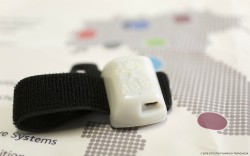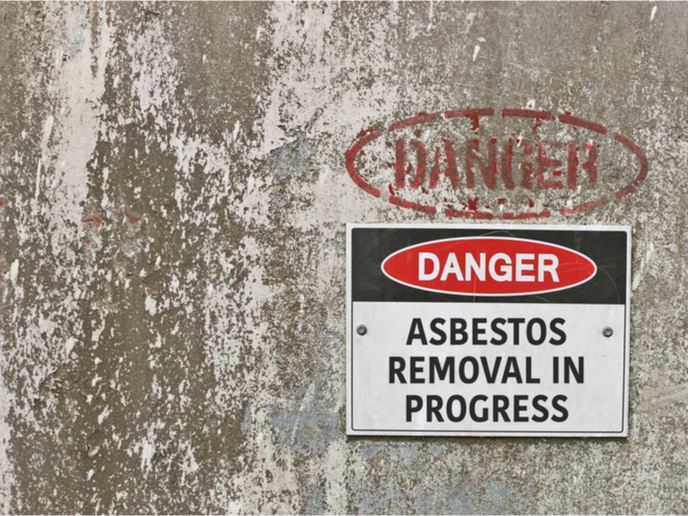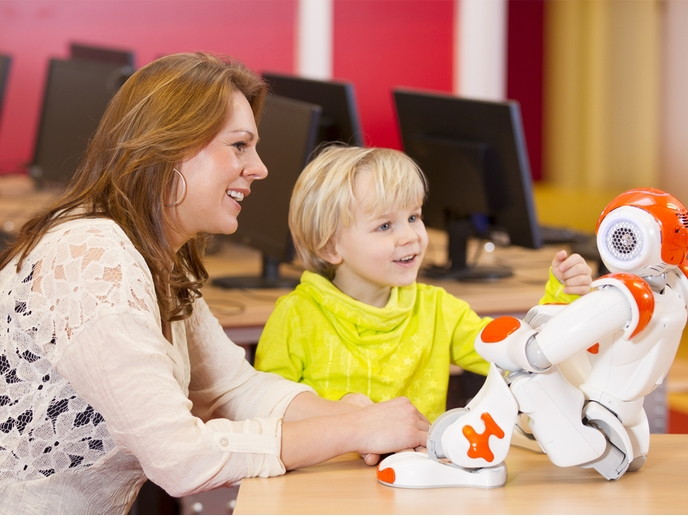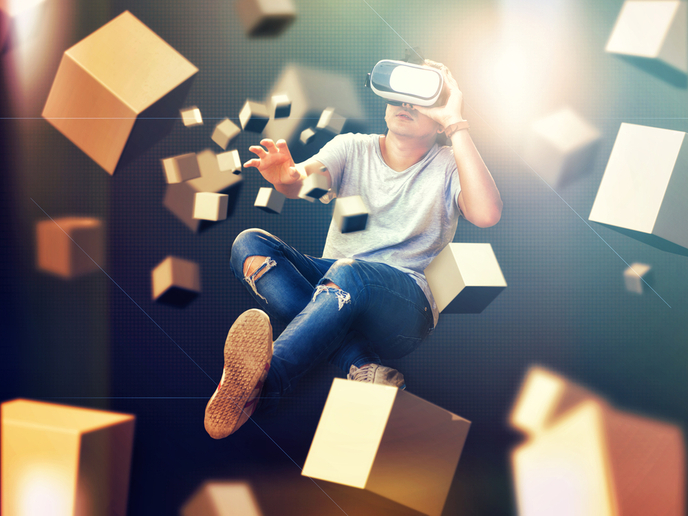A bracelet to restore the sense of space
Kicked off in 2014, the ABBI project set itself the ambitious goal of surpassing existing technologies for visually-impaired people. It builds on the observation that early intervention is fundamental, that current devices are not widely accepted by adults and are ill-adapted for children, and that they are often not meant for rehabilitation purposes. ‘These devices are too complex because they imply the need to learn a new language following long training programmes and the integration of multiple sensory signals,’ Dr Monica Gori, coordinator of the project for the Italian Institute of Technology (IIT), points out. The ABBI does not require new languages to be learnt and can be used during the early years of life. Once worn, it starts sensing body motion, triggers a sound and provides the user with spatial information on where and how the movement is taking place. When placed on different people in a household for example, it provides a better sense of events and improves the social skills of the visually-impaired. The ABBI can store motion data for off-line analysis and even broadcast beacon messages that can be picked by nearby smartphones. The ABBI is all about stimulating the other senses. Different prototypes were tested in children from 3 to 17 years old, by conducting longitudinal three-month rehabilitation training. Over this period, half the children (the experimental group) completed the training with the ABBI, whilst the other group (the control group) followed the typical rehabilitation process without any backup. ‘Results suggest that the use of the audio-motor training helps rehabilitate the sense of space and motor skills, and that this improvement is maintained even one year after the training,’ Dr Gori says. ‘Meanwhile, the control group showed no sign of improvement.’ Social interaction training courses were also run to assess the capacity of many ABBIs to communicate together. ‘In this experiment, several people were wearing an ABBI, which provides feedback on their position in the room and their activity. Special games have been developed to encourage playful activity in small groups of children. We found that it is possible to alleviate problems that might derive from having an impaired sense of space, such as a lack of mobility, poor navigation skills and limited interaction with others,’ Dr Gori explains. Commercialisation within a year Thanks to the active involvement of children with visual impairment, rehabilitators and therapists, the ABBI was shown to improve spatial, mobility and social skills after just three months of use. An IIT survey with stakeholders and opinion leaders suggests that there is a strong, unmet medical need for new technologies and services to integrate existing methods used to help visually-impaired people. With this in mind, the ABBI could be used as a complement to existing tools and techniques both at home and in public spaces. The team has already developed an ABBI kit for commercialisation. They also wrote a book containing all the audio games developed during the project. Dr Gori expects commercialisation within a year: ‘The device has been patented and we are now working for the CE mark. We are ready to make the ABBI a product, obviously by involving those technological partners that are interested in investing in it. We think that it would be an important step forward if this new technology could reach visually-impaired children and adults across Europe.’







